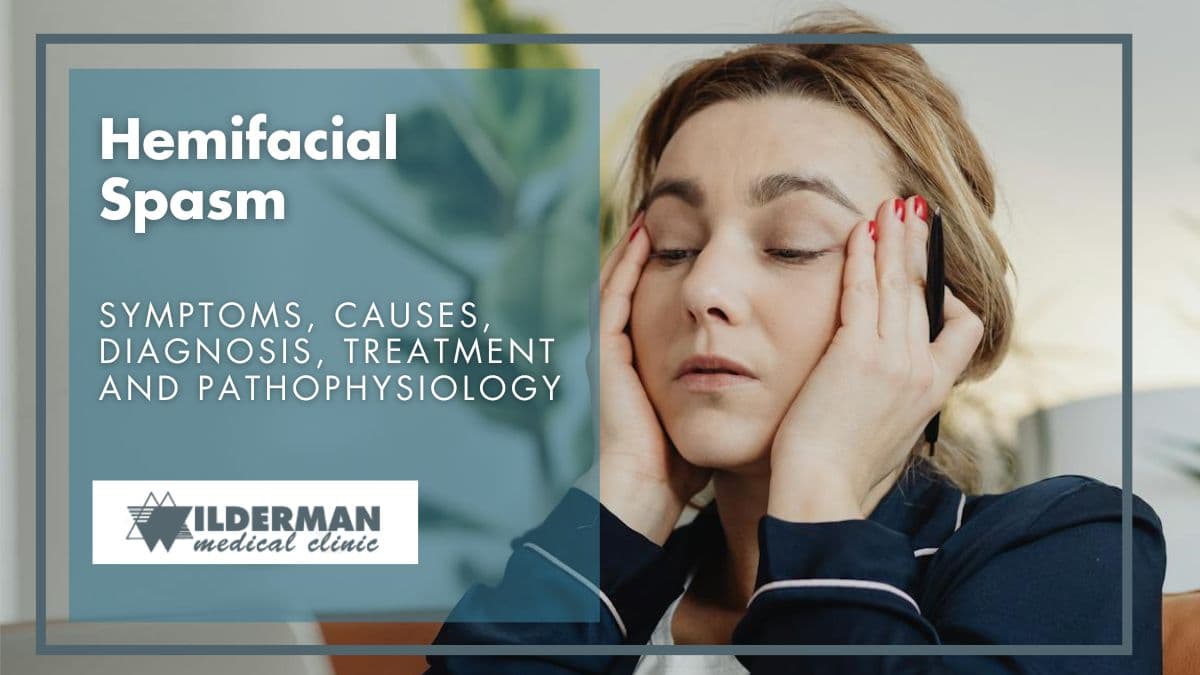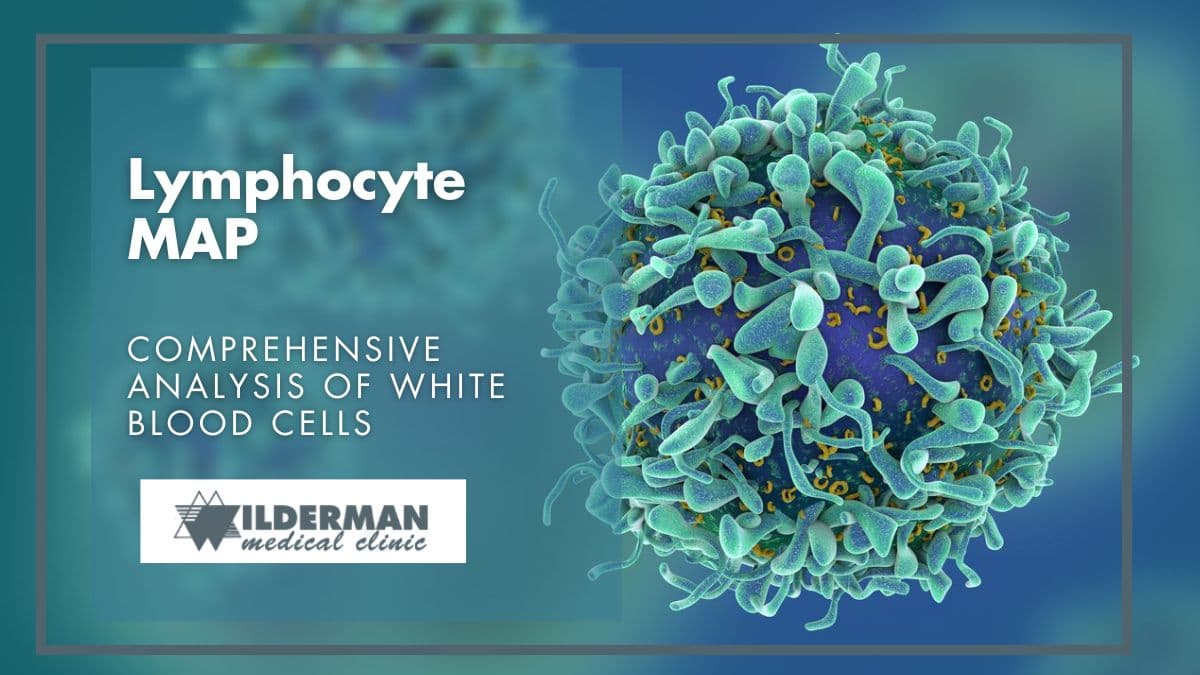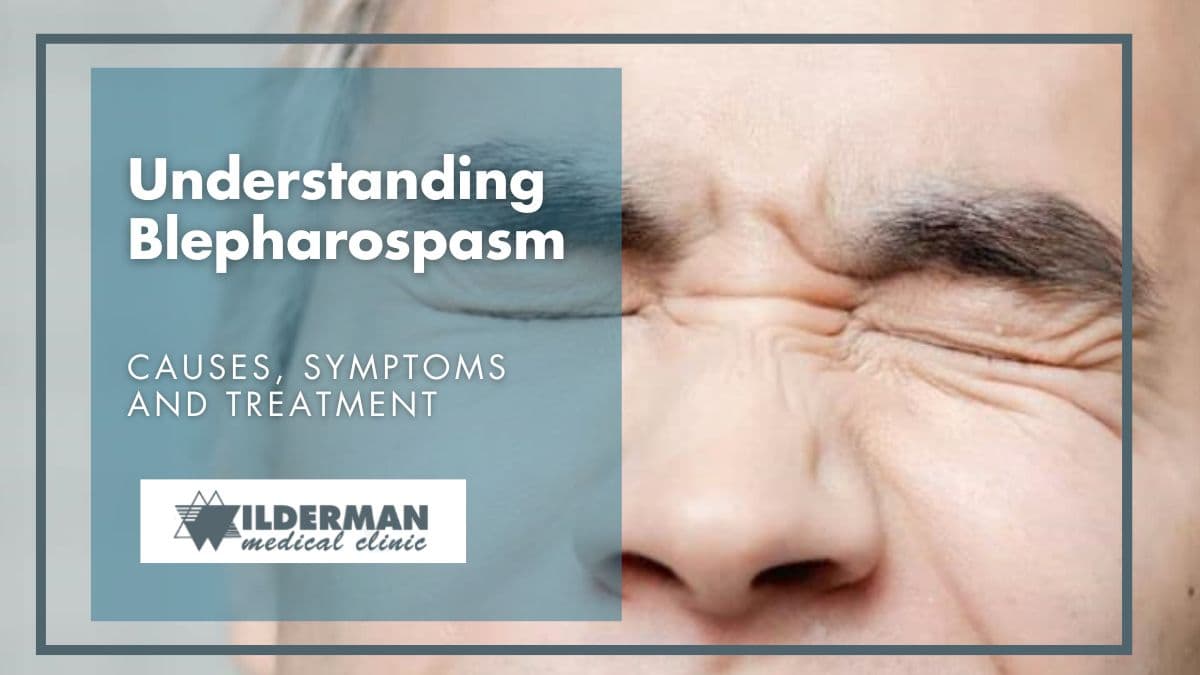Hemifacial Spasm

Hemifacial Spasm: Symptoms, Causes, Diagnosis, Treatment and Pathophysiology
Hemifacial spasm is a condition where the muscles on one side of your face twitch or contract involuntarily. It usually begins with small twitches and can become more frequent and stronger over time.
This happens because of a problem with a nerve in your face. It can affect how your face looks and feels, and sometimes, it might make you feel a bit uncomfortable. People with hemifacial spasms might need help from doctors to manage these muscle spasms and improve their quality of life.
Who is typically at risk?
- People in their 40s or 50s are more likely to experience it, but it can happen at any age.
- HFS is a rare condition. Women are a bit more likely to have hemifacial spasms than men, though it can affect both (Auger et al., 1990).
- If someone in your family had it, there’s a small chance you might too.
- If you have high blood pressure or certain problems with your blood vessels, it might increase the chances of having hemifacial spasm. Researchers have reported that 40% of patients with HFS have coexisting hypertension.
Symptoms
- Uncontrollable Twitching: Your facial muscles, mainly around your eye and mouth on one side, might start twitching or spasming without you being able to control it.
- Intermittent or Persistent: Sometimes, these twitching episodes happen on and off. They might last for a short time or keep going for a longer duration.
- Worsening Over Time: The twitching might start small, but it could get more frequent or intense as time goes on.
- One-Sided: It usually affects just one side of your face, not both.
- No Pain: While the twitching might be bothersome, hemifacial spasm usually doesn’t cause pain.
Imagine your face having a mind of its own, making some movements that you don’t want it to. If you or someone you know experiences these symptoms, it’s essential to see a doctor. They can help figure out what’s causing it and discuss possible treatments to make things better.
Pathophysiology
Let’s talk about the “how” behind hemifacial spasm – the pathophysiology – in simpler terms.
Imagine your face is like a team of builders working together to create facial expressions. Everything usually goes smoothly, but sometimes there’s a hiccup.
In hemifacial spasms, there’s a mix-up with a nerve called the facial nerve. This nerve is in charge of making your facial muscles move.
The facial nerve has a neighbor – a blood vessel, often an artery. Normally, they live side by side without any issues. But sometimes, they get too cozy and touch each other more than they should.
When this happens, the blood vessel starts pressing on the facial nerve. It’s like a little too much pressure on a light switch. The nerve gets confused and sends signals to your facial muscles when it shouldn’t.
These mixed-up signals cause your facial muscles to twitch or spasm. It’s not something you can control – it’s like your face is getting messages it didn’t ask for.
As time goes on, this pressure can get worse. The miscommunication becomes more frequent, and the spasms might become stronger.
Causes
Now that we’ve grasped that hemifacial spasm results from the confusion between the facial nerve and a blood vessel, let’s explore the underlying causes.
Although the precise cause is often uncertain, several factors may play a role in the mix-up between the nerve and blood vessel:
- Everyone’s Built a Bit Differently: Each person’s body is a little unique. Sometimes, the way blood vessels and the facial nerve are positioned can vary from person to person.
- Blood Vessel Pushing on the Nerve: The main reason for hemifacial spasm is when a blood vessel, usually an artery, puts pressure on the facial nerve. This happens where the facial nerve comes out of the brainstem. The constant pulsing and pressure can bother the nerve and make it act up.
- Vascular Loops: Some people have loops formed by their blood vessels around the facial nerve. These loops can squeeze and irritate the nerve, causing hemifacial spasms.
- Genetic Influence: While most cases happen without it running in families, some people might have a family connection. It could be because, in their family, blood vessels and nerves tend to be positioned in a way that increases the chance of the nerve getting squeezed.
- Getting Older: Like everything in our bodies, things change as we age. Hemifacial spasm often happens more as you get older.
Remember, sometimes hemifacial spasm just happens without a clear reason. The mix-up between the nerve and blood vessels isn’t always easy to see.
Diagnosis
- Talking with You: First, the doctor will have a chat with you. They’ll ask about your symptoms, how long it’s been happening, and if there’s anything that makes it better or worse.
- Checking Your Face: The doctor will take a good look at your face while you’re doing your regular activities. They’ll see how your facial muscles are behaving and if there’s any twitching.
- Tests to Rule Out Other Things: Sometimes, other conditions can cause similar symptoms, like nerve problems or certain infections. The doctor might order tests to make sure it’s a hemifacial spasm and not something else.
- Imaging, like MRI: In some cases, the doctor might want to take a closer look inside your head. They might use something called an MRI, which is like a special picture of your brain, to see if there’s anything pressing on the nerve causing the twitching.
- Electromyography (EMG): This test checks the electrical activity in your facial muscles. It can help the doctor understand how your nerves and muscles are working together.
By doing all these things, the doctor can put the pieces together and figure out if a hemifacial spasm is causing your facial twitching. If they’re sure it is, then you can work together to find the best way to manage it and make you feel better.
Treatment
- Medicines: Sometimes, doctors give you special medicines (like anticonvulsant drugs), to calm down those twitchy muscles. These medicines can help control the spasms and make your face feel more relaxed.
- Botox Injections: Ever heard of Botox? It’s not just for wrinkles! Doctors can inject a small amount into the twitchy muscles to relax them. It’s like giving your face a little timeout. Local botulinum-toxin injection is a safe and well-tolerated symptomatic treatment for hemifacial spasms.
- Surgery: In some cases, if the twitching is really bothering you, your doctor might talk to you about surgery. They can fix the mix-up between the blood vessel and the nerve causing the spasms. It’s a bit like rearranging things inside your head so your face behaves. Lasting relief can be achieved by microvascular decompression, a microsurgical intervention with a relatively low risk and a high success rate.
- Therapy and Lifestyle Changes: Sometimes, simple things like getting enough sleep and managing stress can make a big difference. Your doctor might also recommend physical therapy or exercises to help your face muscles.
- Regular Check-ups: If you and your doctor find a treatment that works, you might need to keep an eye on things. Regular check-ups help make sure everything is still going smoothly.
Takeaway
Hemifacial spasm involves involuntary twitching on one side of the face due to a mix-up between the facial nerve and a blood vessel, often an artery. This mix-up can result from anatomical variations, blood vessel pressure, vascular loops, or, in some cases, a genetic predisposition.
Diagnosis involves evaluating symptoms and ruling out other causes, while treatments range from medications to surgery.
It’s essential to consult a healthcare professional for accurate diagnosis and appropriate management, as ongoing research explores the complexities of this condition.
Reference
Auger RG, Whisnant JP. Hemifacial spasm in Rochester and Olmsted County, Minnesota, 1960 to 1984. Arch Neurol. 1990 Nov;47(11):1233-4.
National Center for Biotechnology Information (NCBI). Bookshelf. The Human Microbiota in Health and Disease. https://www.ncbi.nlm.nih.gov/books/NBK526108/.
Rosenstengel C, Matthes M, Baldauf J, Fleck S, Schroeder H. Hemifacial spasm: conservative and surgical treatment options. DtschArztebl Int. 2012 Oct;109(41):667-73. doi: 10.3238/arztebl.2012.0667. Epub 2012 Oct 12. PMID: 23264807; PMCID: PMC3487151.
Healthline. Hemifacial Spasm: Symptoms, Causes, Treatment, and More. https://www.healthline.com/health/hemifacial-spasm#symptoms.
Cleveland Clinic. Hemifacial Spasm. https://my.clevelandclinic.org/health/diseases/15798-involuntary-facial-movements-hemifacial-spasm.
Mayo Clinic. Hemifacial Spasm: Symptoms and Causes. https://www.mayoclinic.org/diseases-conditions/hemifacial-spasm/symptoms-causes/syc-20373296.
Need to get in touch?
Address: 8054 Yonge Street Thornhill, Ontario L4J 1W3
Phone: (905) 886 1212
Latest articles
April 27, 2024
April 27, 2024
April 27, 2024
April 27, 2024
April 27, 2024





